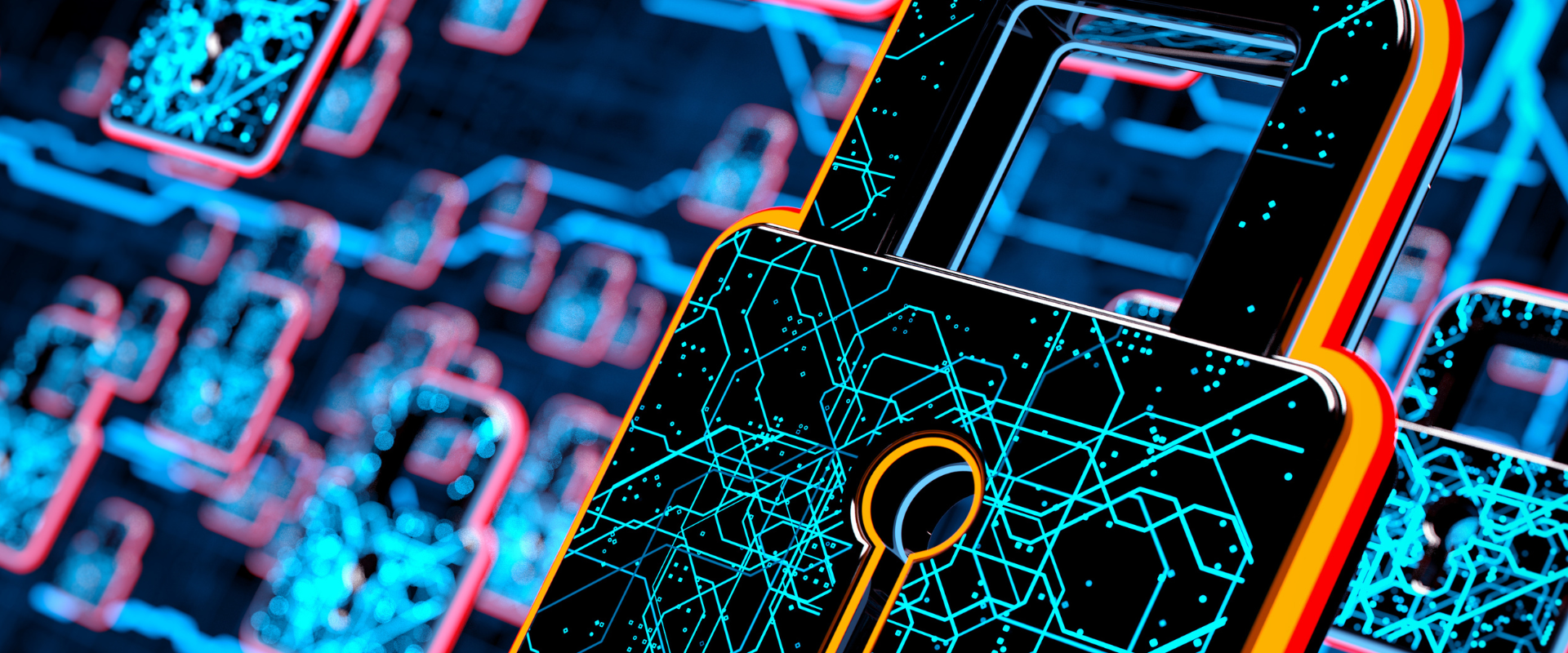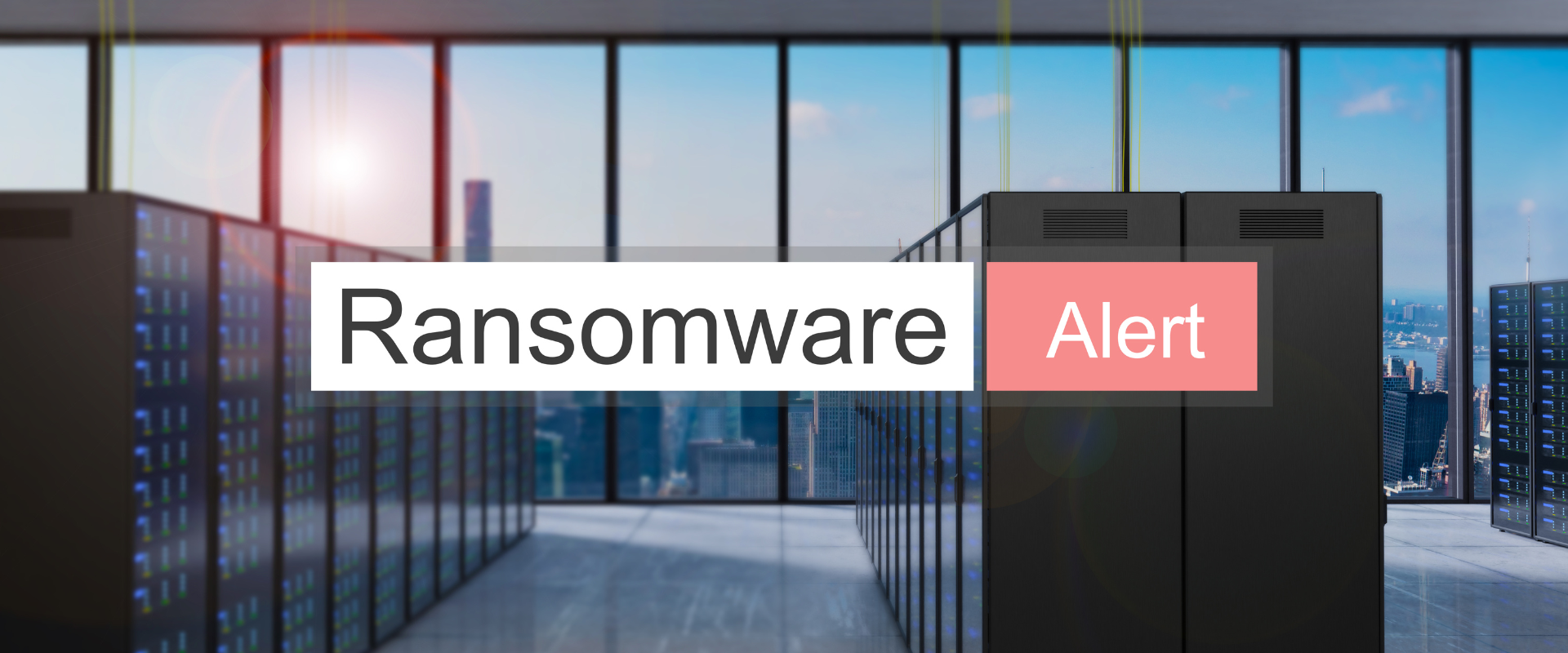
Cybersecurity in 2025: Navigating the Evolving Threat Landscape
By, Webmaster
- 27 Feb, 2025
- 2.4k Views
The cybersecurity landscape is always changing, but 2025 promises to be a pivotal year for how organizations secure their digital assets. As new technologies emerge and cybercriminals continue to refine their methods, businesses must adapt quickly to stay ahead of the evolving threats. In this article, we’ll explore some of the major changes expected in the cybersecurity field in 2025, including new risks, cutting-edge technologies, and evolving strategies for defense.
1. The Rise of Deepfake Threats
As artificial intelligence (AI) becomes more advanced, deepfake technology is emerging as a growing threat to cybersecurity. Deepfakes use AI to create hyper-realistic audio, video, or images that can be used to deceive individuals or organizations. Cybercriminals can use these fakes to impersonate company executives, manipulate public opinion, or bypass security measures like facial recognition systems.
In 2025, deepfake detection tools will become a critical part of cybersecurity strategies. Organizations will need to adopt new methods to verify identities and ensure that the digital content they interact with is authentic.
2. Increased Use of Blockchain for Cybersecurity
Blockchain technology is often associated with cryptocurrencies, but it has many other applications, especially in the field of cybersecurity. By using blockchain, organizations can ensure the integrity and immutability of their data, making it nearly impossible for cybercriminals to tamper with sensitive information.
In 2025, blockchain will become more widely adopted for tasks like securing supply chains, preventing data breaches, and ensuring the integrity of digital transactions. It’s expected to provide an additional layer of security to ensure that data remains tamper-proof and verifiable.
3. Rising Threat of Cyber Espionage
As geopolitical tensions continue to rise, cyber espionage is expected to become a more prominent threat in 2025. Nation-state actors and cybercriminal organizations are increasingly targeting critical infrastructures, government agencies, and corporate secrets. Cyber espionage is often used to steal intellectual property, gather sensitive information, or disrupt operations.
Organizations in sectors such as defense, energy, healthcare, and finance will need to invest in more sophisticated threat detection and response systems. Enhanced monitoring, advanced encryption, and threat-sharing collaborations between public and private sectors will become essential to protecting against cyber espionage.
4. Rise in Supply Chain Attacks
Supply chain attacks, where cybercriminals infiltrate third-party vendors or service providers to gain access to a target organization’s systems, have become increasingly common in recent years. In 2025, we can expect a further rise in these types of attacks, especially with the continued adoption of cloud services and the increasing complexity of global supply chains.
To defend against supply chain attacks, organizations will need to conduct thorough risk assessments of their vendors and partners. Continuous monitoring of third-party systems and implementing strict security requirements for external vendors will become crucial in safeguarding against these attacks.
5. Biometric Authentication for Stronger Security
Passwords have long been the primary method of authentication, but they’re increasingly seen as an outdated and insecure method of securing sensitive information. In 2025, biometric authentication will continue to rise in popularity as organizations move toward more secure and user-friendly methods of verifying identity.
By using biometric data such as fingerprints, facial recognition, or iris scans, organizations can significantly reduce the risk of data breaches caused by weak or stolen passwords. In industries like banking, healthcare, and government, biometric security measures will become the norm for protecting access to critical data.
6. 5G and the New Frontier of Cybersecurity Risks
The rollout of 5G networks presents both new opportunities and new risks for cybersecurity. While 5G offers faster speeds and improved connectivity for the Internet of Things (IoT) and other connected devices, it also provides a broader attack surface for cybercriminals to exploit.
In 2025, organizations will need to take proactive steps to secure their 5G networks. This will include implementing end-to-end encryption, strengthening device authentication protocols, and leveraging AI-powered security systems to monitor network activity in real-time. Ensuring the integrity of 5G networks will be essential as more businesses and industries become reliant on this technology.
7. The Need for Cybersecurity Talent
As cyber threats become more sophisticated, the demand for skilled cybersecurity professionals continues to rise. In 2025, there will be a continued shortage of cybersecurity talent, leaving organizations at risk of falling behind in the fight against cybercrime.
To address this talent gap, companies will need to invest in training programs, upskill their existing employees, and partner with educational institutions to develop the next generation of cybersecurity experts. Automation and AI tools will also play a role in easing the burden on cybersecurity teams, allowing them to focus on more complex tasks.
8. Cybersecurity and Privacy Regulations in a Digital-First World
With the digital transformation accelerating, governments around the world are introducing new privacy and cybersecurity regulations to protect citizens’ data. By 2025, more comprehensive data privacy laws will be in effect, requiring organizations to take extra precautions when handling and storing sensitive data.
To remain compliant with these new regulations, businesses will need to implement stronger data protection measures, including encryption, secure data storage, and clear data retention policies. Cybersecurity teams will need to stay up-to-date with global regulations and ensure that their security practices align with evolving standards.
Conclusion
The cybersecurity landscape in 2025 will be marked by increased sophistication in both the tools used by attackers and the strategies organizations use to defend against them. From deepfake threats to the rise of blockchain for security, businesses will need to adapt quickly to stay ahead of cybercriminals. By adopting the latest technologies, strengthening compliance efforts, and focusing on proactive defense, organizations can better protect their digital assets and ensure the integrity of their operations in a rapidly changing cyber environment.
We hope this article has provided valuable insights into the evolving cybersecurity landscape. If you have any questions or would like to learn more about how to protect your organization from emerging cyber threats, feel free to reach out!
Recent Posts
- The Growing Threat of Distributed Denial-of-Service (DDoS) Attacks: How to Protect Your Organization from DDoS Threats
- Zero Trust: The Key to Safeguarding Your Digital Assets
- The Evolution of Ransomware: How to Prepare for the Future of Cyber Extortion
- The Rise of AI-Powered Phishing Attacks: How to Safeguard Your Business
- The Growing Threat of Insider Threats in Cybersecurity: How to Protect Your Business
Category
- Cyber Security (67)
- Vulnerability Assessment (51)







